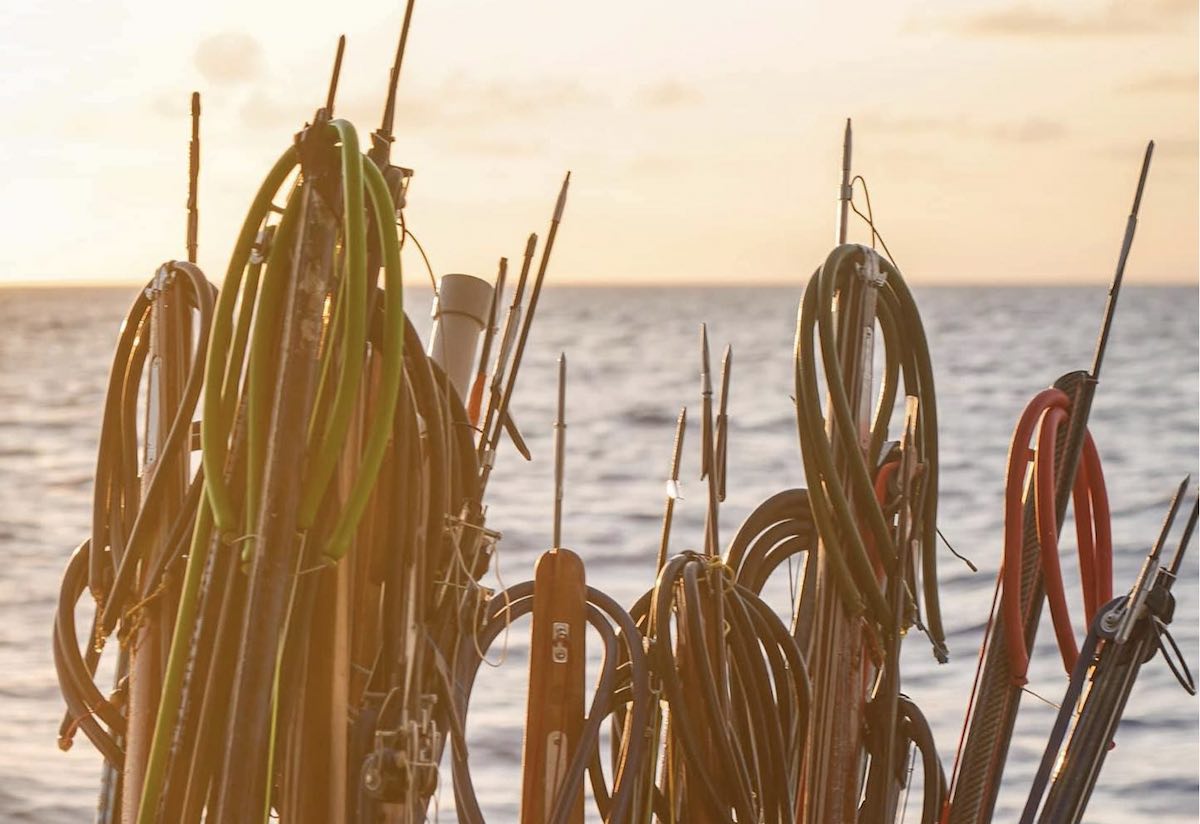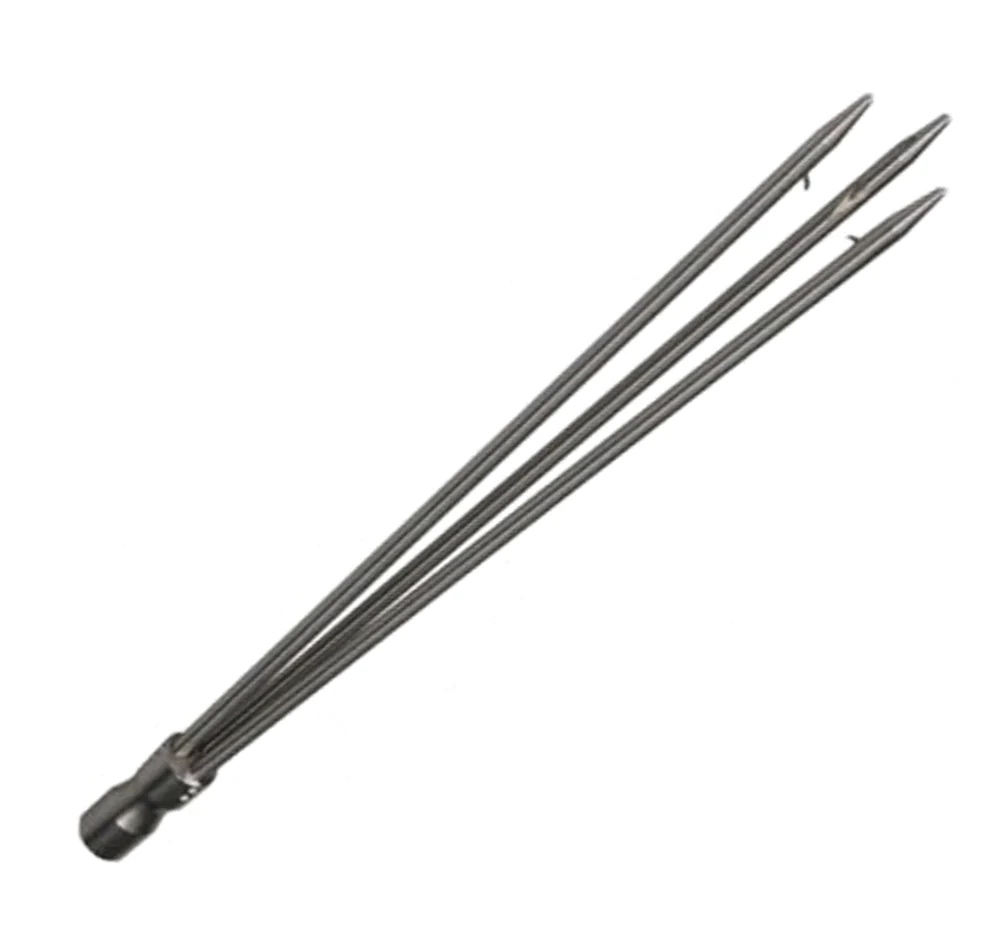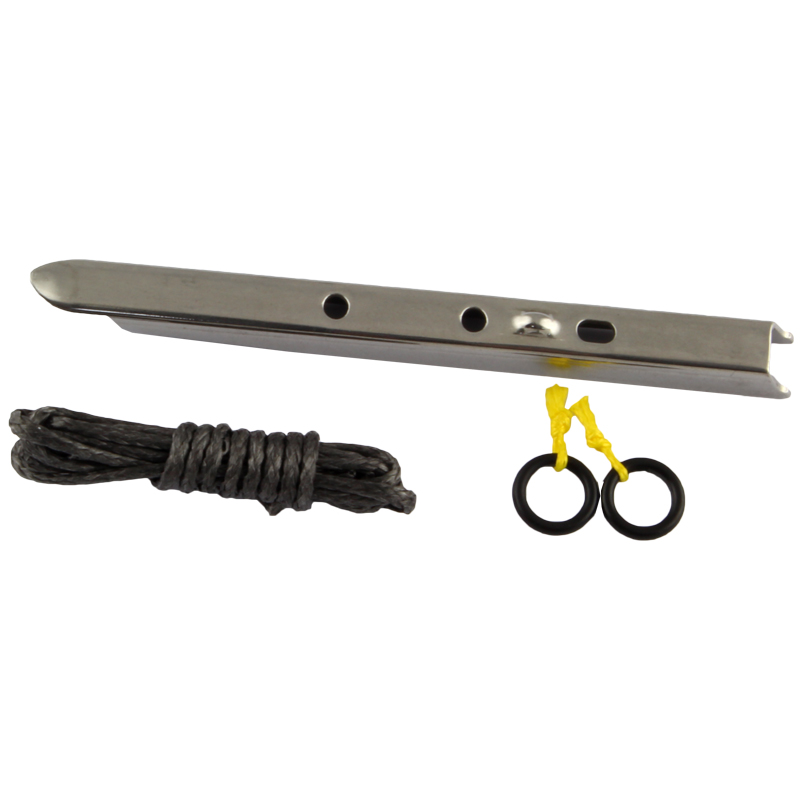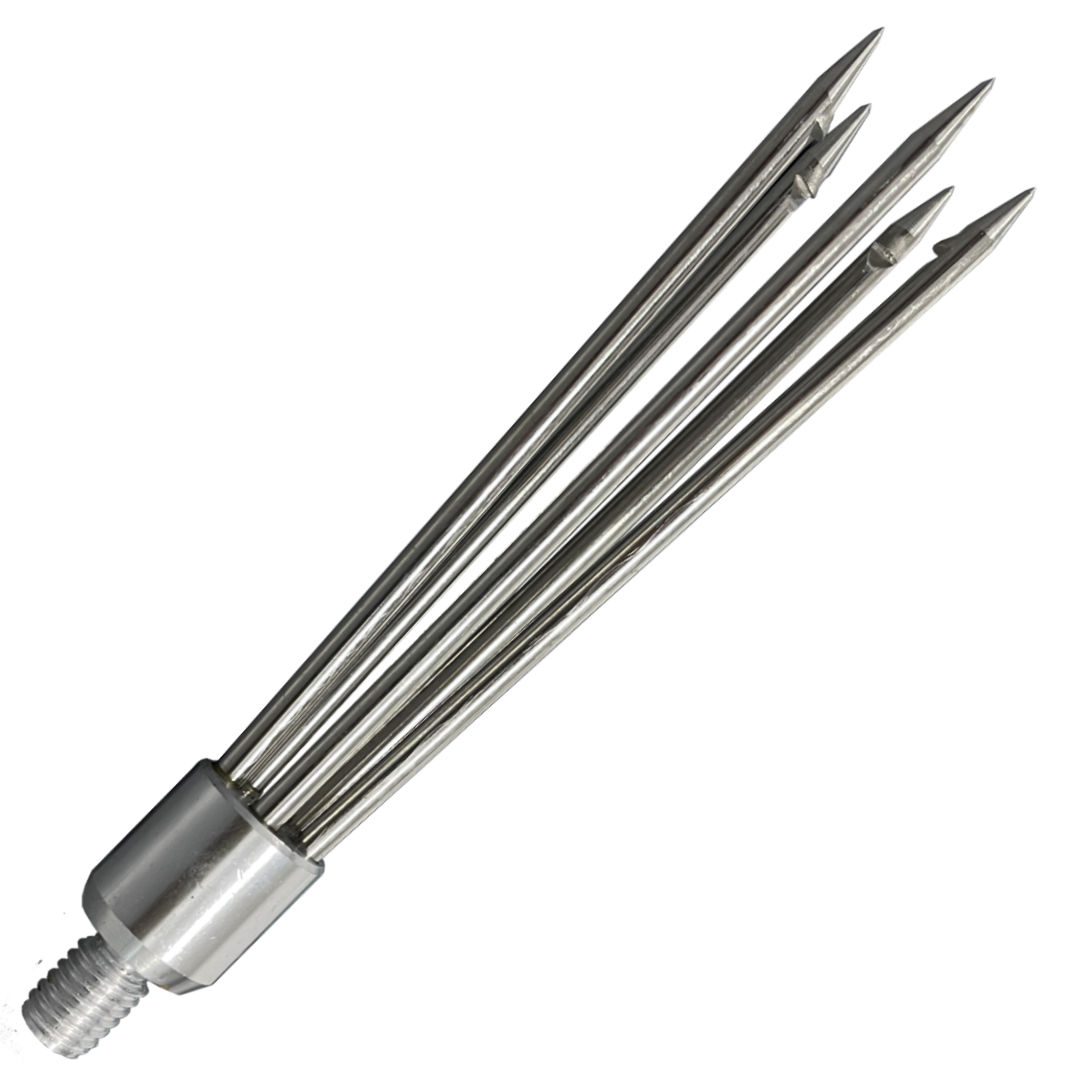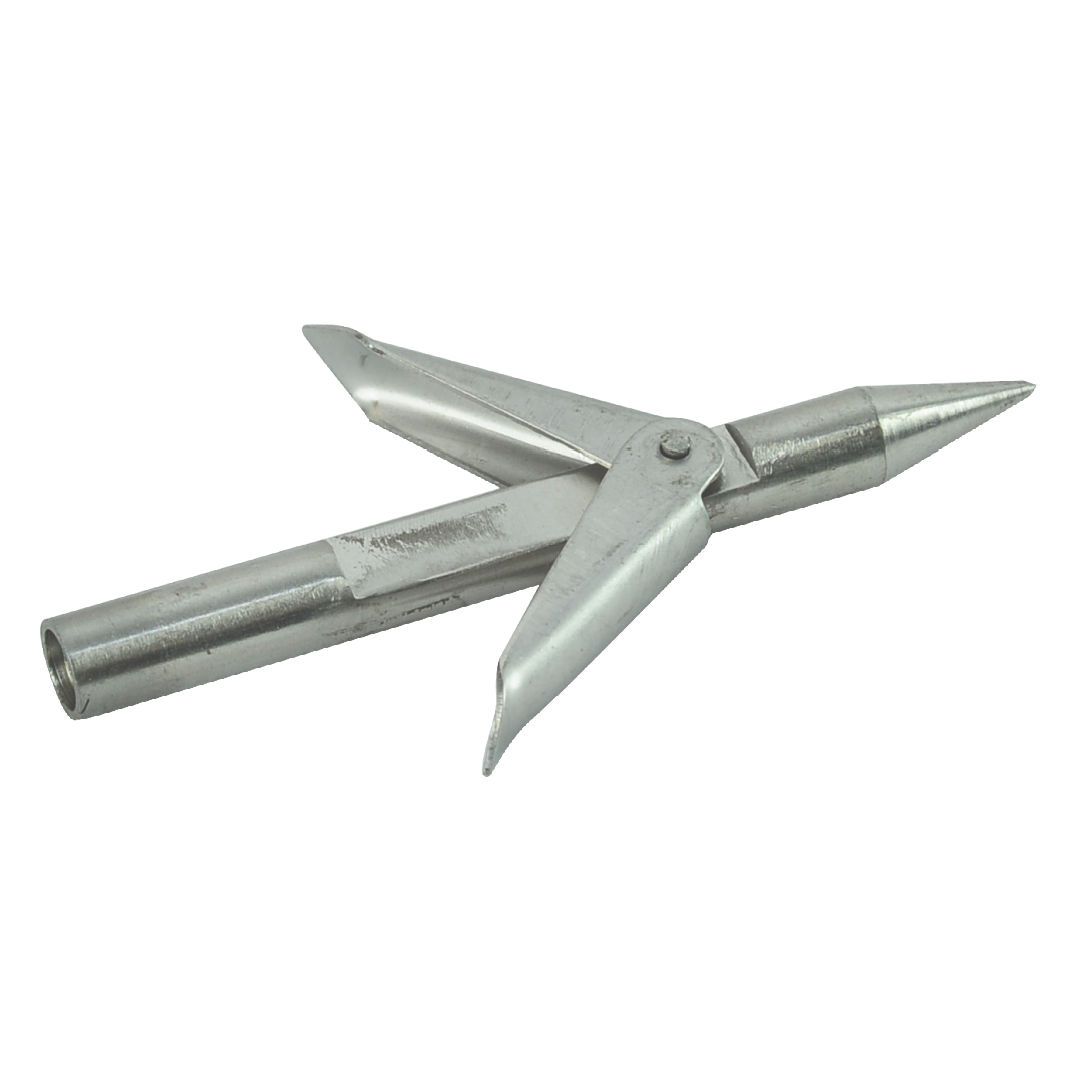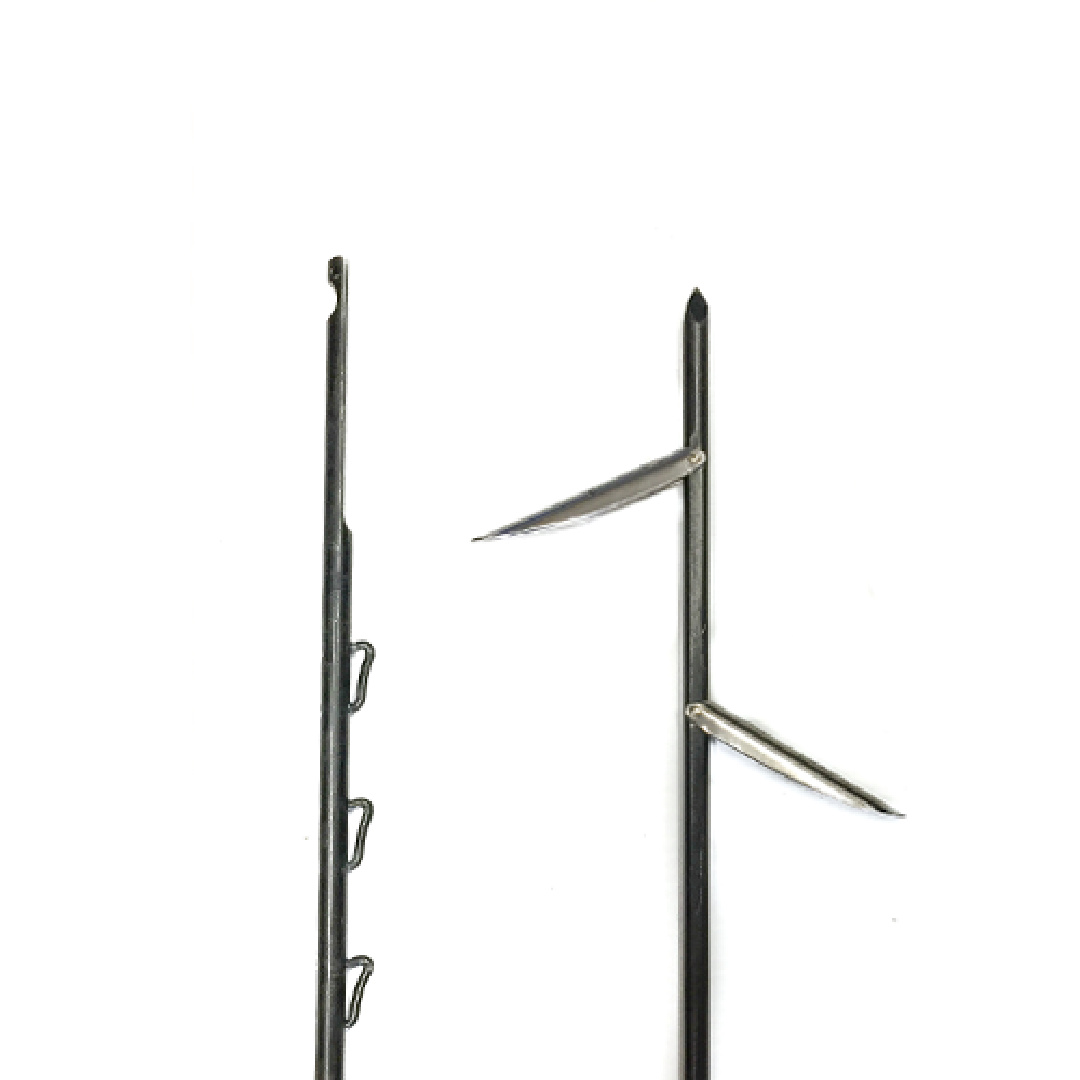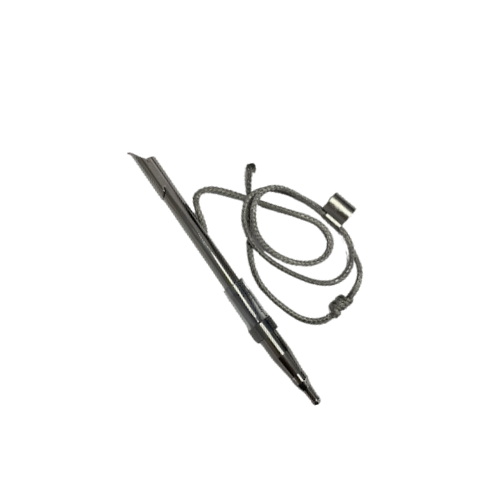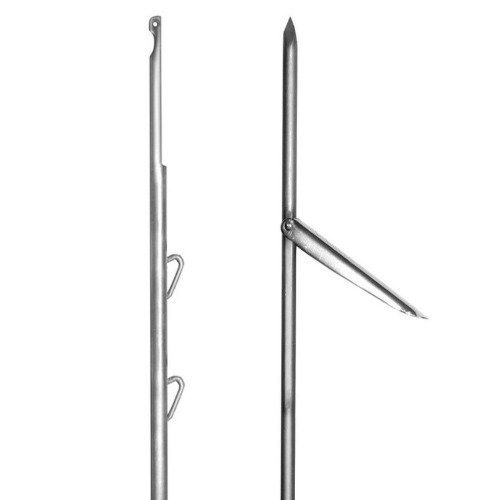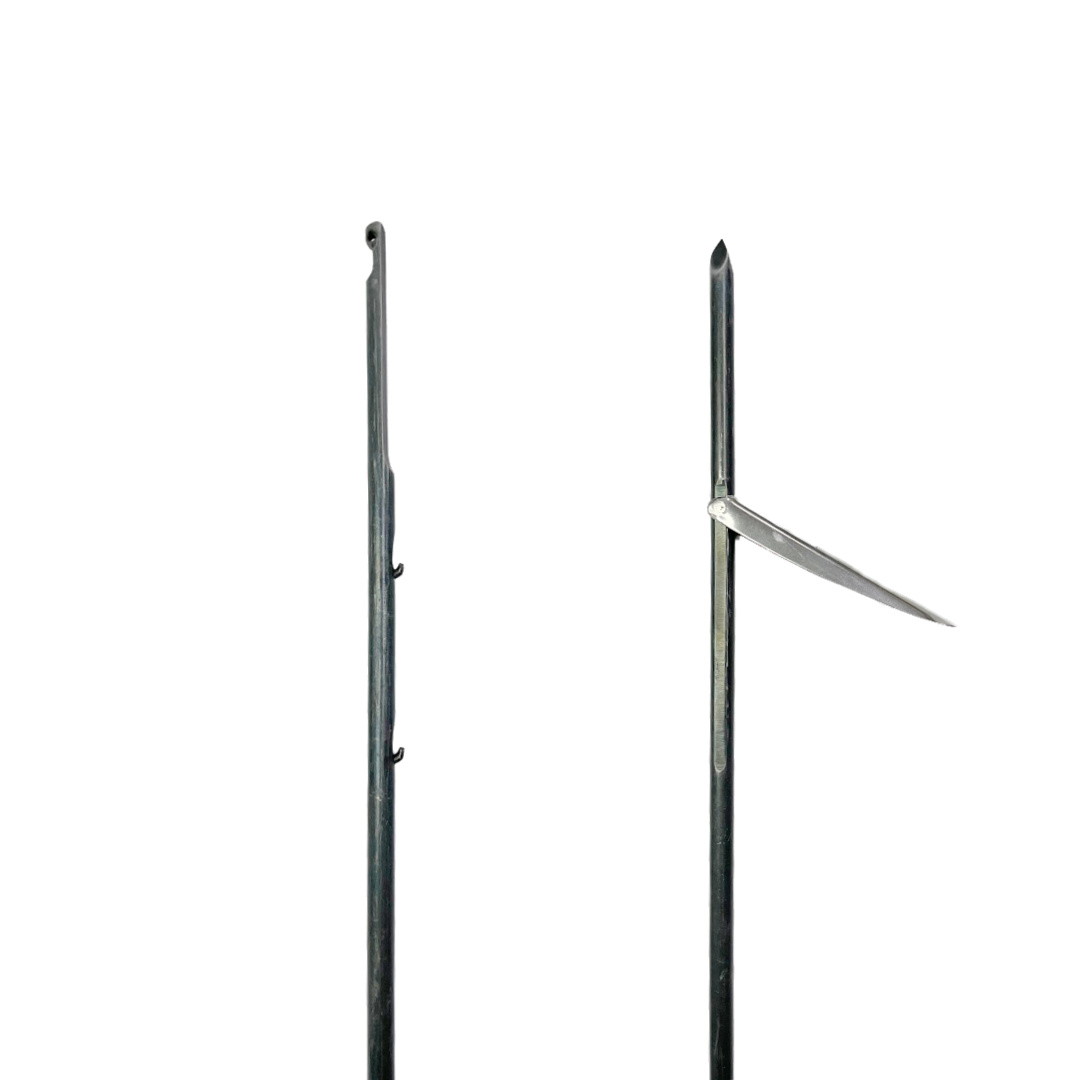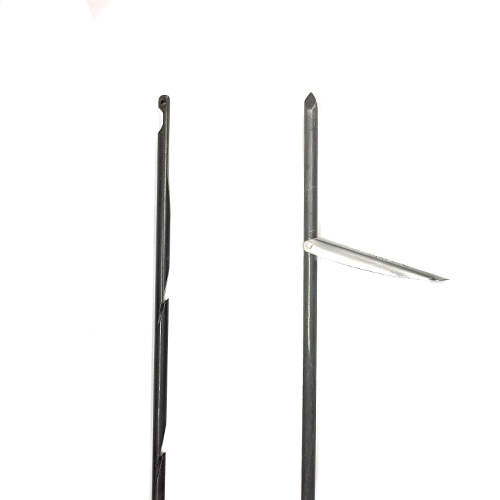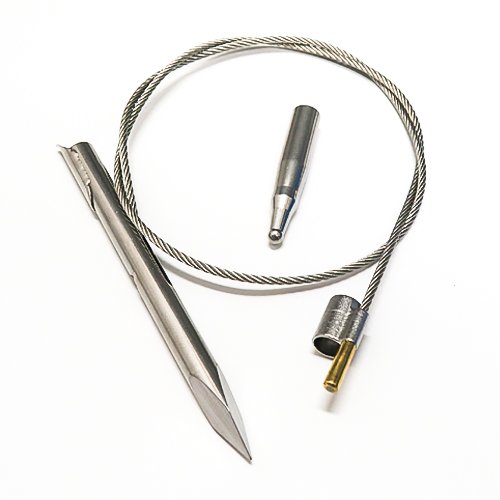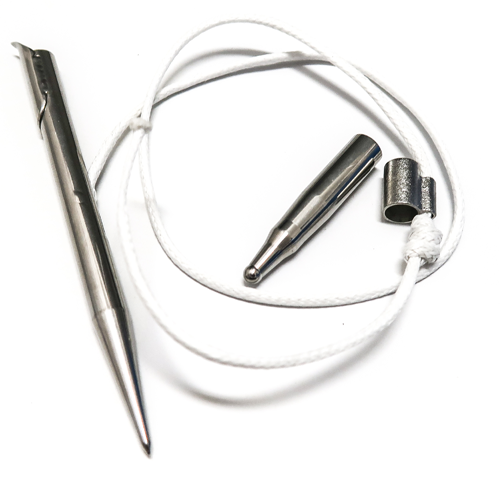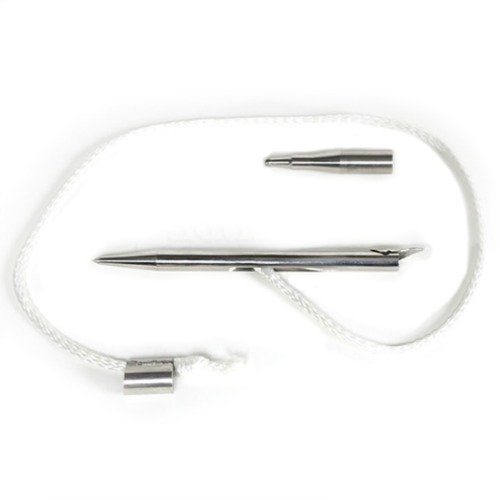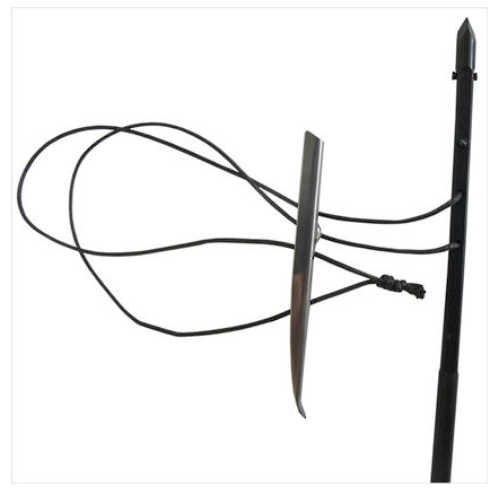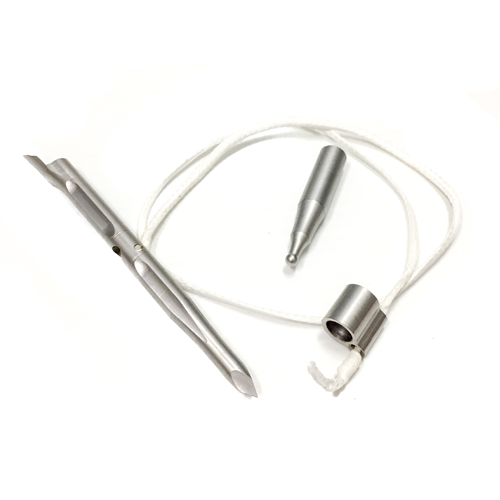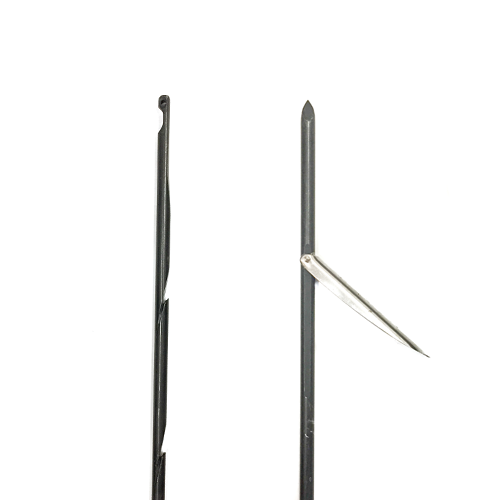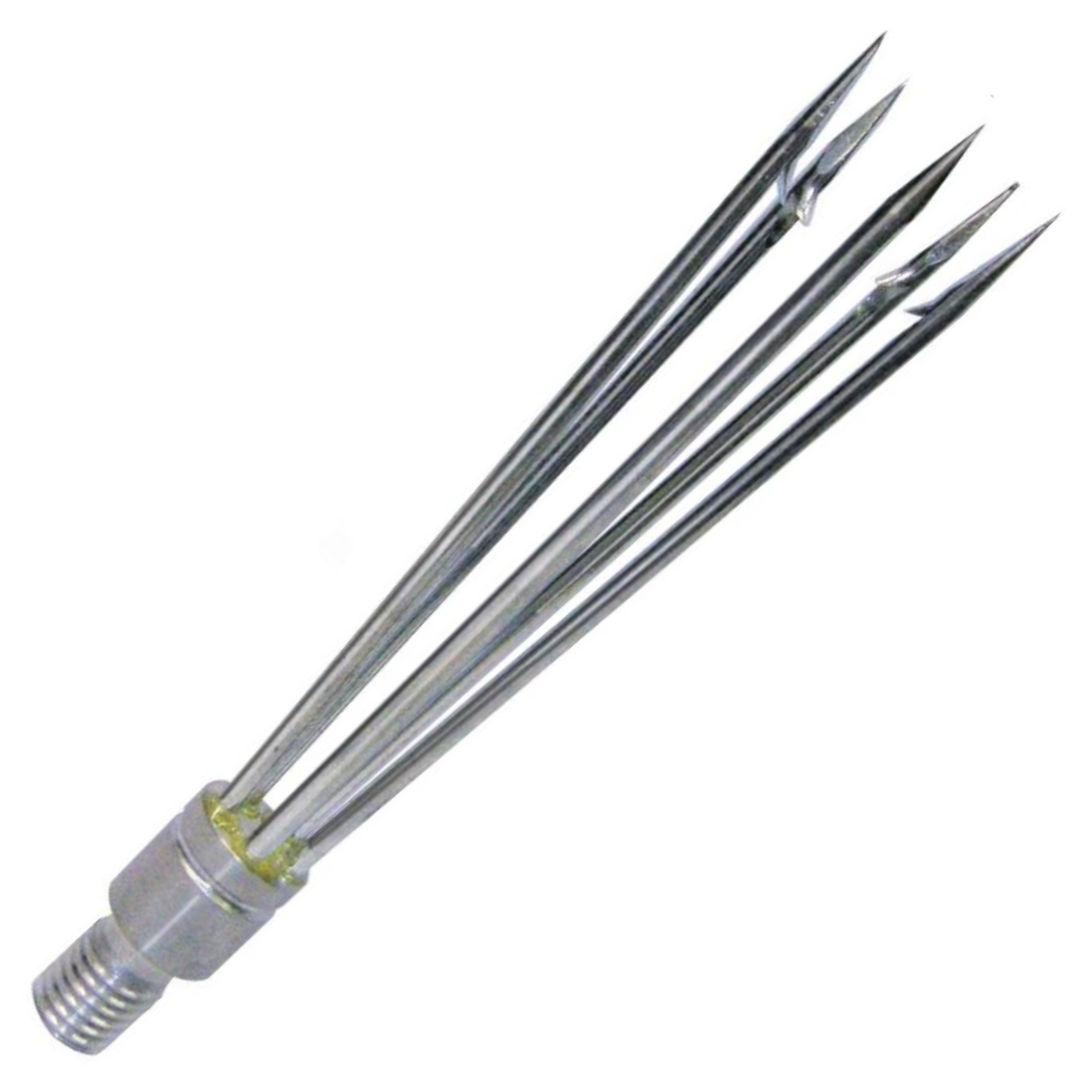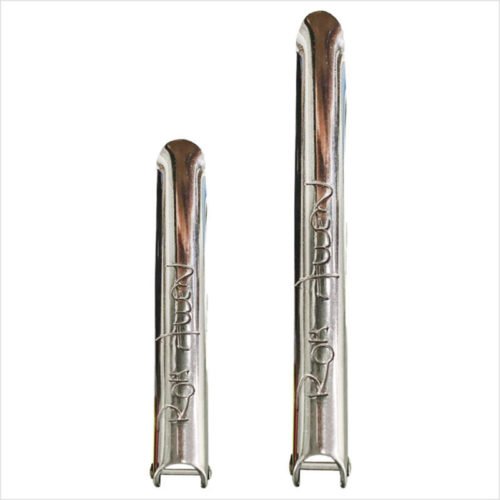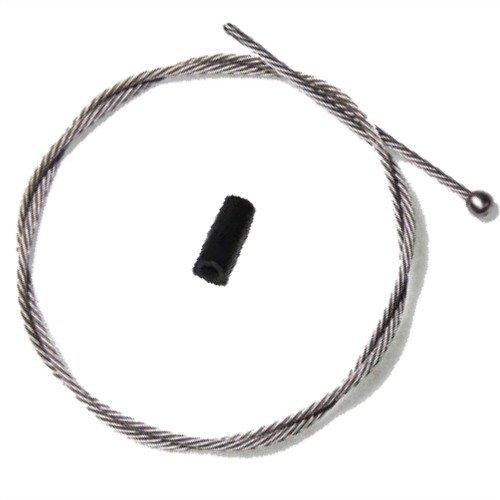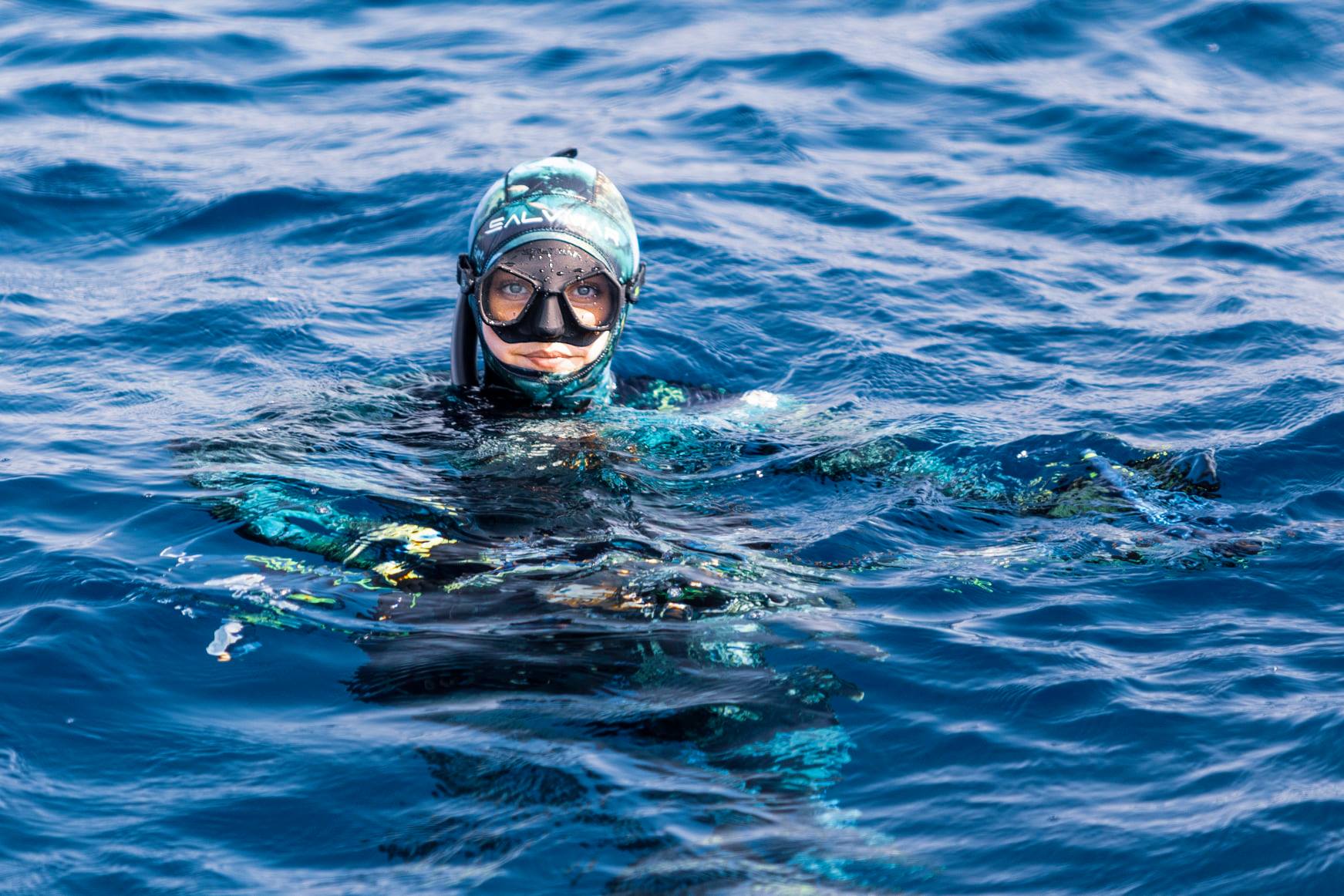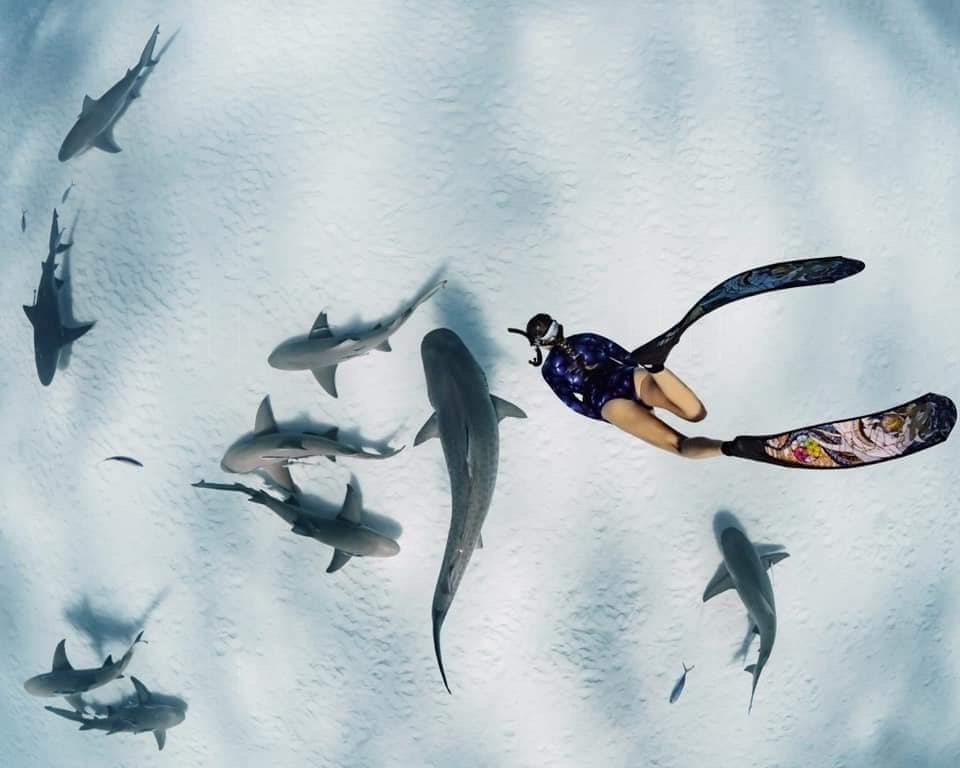One of the most important pieces of equipment for spearfishing is the spear shaft and slip tip. In this post, we will discuss some considerations when choosing spear shafts, such as thickness, length, and flopper vs. threaded tips.
We will also explore the differences between cable and spectra slip-tips and when to use them based on the targeted species. Let’s dive in!
Shaft Thickness:
The thickness of the spear shaft plays a crucial role in catching the desired species.
Thick spear shafts, usually 8mm for euro and 11/32” or 3/8” for American spear shafts, are perfect for landing larger Bluewater species like Tuna and Marlin. They create more force due to their increased weight and are less prone to bending under strain.
Thin spear shafts, on the other hand, are lighter and tend to shoot further, making them ideal for penetrating fish easily. Their length usually ranges from 6.5mm, 7mm, or 9/32”, with 7.5mm and 5/16” spear shafts still within the normal range for reef hunting conditions.
Spear Length:
The length of the spear shaft is determined by the speargun. It’s essential to keep the shaft overhang consistent across all spearguns to maintain consistent aim.
Manufacturers recommend between 250mm to 400mm of shaft overhang from the end of the speargun to the tip of the spear, whether it is flopper or slip tip.
Threaded shafts need to be shorter than flopper shafts for the same speargun to make room for the threaded head you fit to the speargun. Manufacturers often have recommended lengths for specific spearguns in various setups.
Flopper vs. Threaded Shafts:
Choosing between flopper and threaded shafts depends on the targeted species. Flopper shafts work better on reef fish because slip tips tend to give them too much mobility to get into the rocks, making retrieval difficult. Pelagic or Bluewater species often require slip tips for successful spearfishing.
Spectra vs. Cable Slip-Tip:
Slip-tips are essential for successful Bluewater spearfishing. Cable slip-tips are best for fish with tough skin like billfish and tuna. The cable will hold well in these species, but it needs to be in proper working condition.
Spectra slip-tips are better for fish with softer flesh, like Wahoos, Mahi Mahi, and Rainbow Runners. However, they are more prone to damage from sharp fish parts like gills and gill plates.
Some Final Words:
Choosing the right spear shaft and slip-tip is crucial to catching the targeted species while spearfishing. Considerations such as thickness, length, and tip type should be taken into account to make an informed decision.
Always keep spare shafts for your spearguns on hand, and make sure that slip-tips are in proper working condition. It’s better to be prepared than to pay a high cost for overnight shipping. A bent spear shaft can ruin a dive trip.
With the right gear and some skill though, spearfishing can be such a thrilling and rewarding experience, so get onto it!




